SUMMARY
This is AI generated summarization, which may have errors. For context, always refer to the full article.
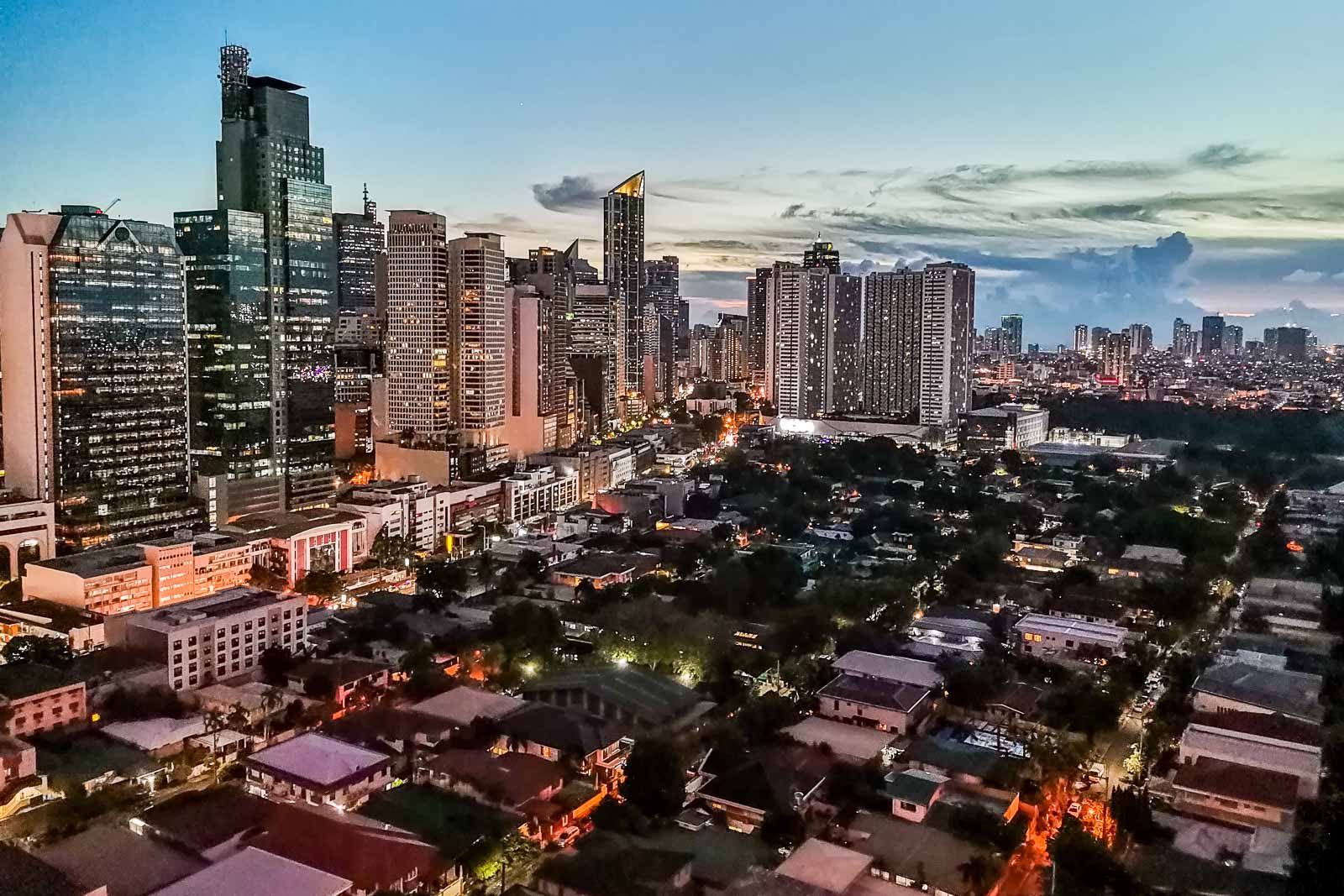
MANILA, Philippines – The economy is closely tied to politics and usually glistens during an election year.
Data from the Philippine Statistics Authority show that gross domestic product (GDP), the value of all the final goods and services produced and rendered in a specific time period, grows faster during an election year.
The economy grew at a faster pace in the presidential elections of 2004 (6.6% vs 2003's 5.1%), 2010 (7.3% vs 1.4%), 2016 (7.1% vs 6.3%), and 2022 (7.6% vs 5.7%). It also grew during the 2007 midterm elections (6.5% vs 5.3%).
The trend, however, was broken during the 2013 (6.8% vs 6.9%) and 2019 (6.1% vs 6.3%) midterm elections, but the dip was not as low as non-election years.
The total output of the economy grows as a result of many election activities.
Political scientists and economists have repeatedly pointed out that the government, the largest unit in the economy, ramps up its spending and rolls out attractive projects during this period.
Aspirants also spend a lot to woo voters, such as holding rallies, airing political ads, and paying volunteers. All these perk up consumer spending.
Can the elections influence the size of the budget?
2025 budget
Government economic managers recently hiked the 2025 budget to P6.35 trillion, a 10.1% increase from 2024's expenditure plan to “usher in economic and social transformation” amid another divisive election year.
The latest proposed budget for 2025 of the Development Budget and Coordination Committee (DBCC) is equivalent to 22% of GDP and higher than the 2024 budget of P5.77 trillion. Last April, the DBCC proposed a budget of P6.2 trillion, which means they raised the proposed budget by 2.4%.
In a briefing on Thursday, June 27, Budget Secretary Amenah Pangandaman said that the economic team aims to submit the proposed budget to Congress on July 29 or a week after President Ferdinand Marcos Jr.’s third State of the Nation Address.
Why the increase?
Pangandaman explained that the budget was revised upward due to the higher national tax collections in recent years amid economic recovery from the COVID-19 pandemic.
She added that more funds are needed to fund allowances of those who will assist and work during the elections.
Pangandaman also attributed the increase to bigger budget allocations for the Pantawid Pamilyang Pilipino Program or 4Ps.
Teachers’ allowances were also recently increased from P5,000 to P10,000.
Priority areas
The Department of Budget and Management (DBM) said the expenditure priorities for 2025 were crafted in consideration of various factors, including the availability of the country’s ability to manage debt and borrow whenever needed, agencies’ ability to complete projects, and the readiness of programs and projects.
The breakdown of proposed allotments has yet to be made public, but a briefer on the 2025 budget lists the following as top priorities:
Infrastructure development: The briefer underscores that the government should “consider only shovel-ready proposals aligned with the investment priorities.” It doesn’t specify big-ticket items, but notes synergies in “water supply and sanitation projects.”
Human capital development: This includes spending on education and supporting teachers, accelerating the implementation of the Universal Health Care Act, establishing social protection systems and digitalization on cash transfer programs, and upskilling the labor force. The briefer also mentions the implementation of the Pambansang Pabahay para sa Pilipino and mobilization of public and private investments in the housing sector.
Digital transformation: Investments in equitable broadband connectivity across remote and unserved areas and prioritizing policies to promote competition and inclusive digital access.
Food security: This includes implementation of farm-to-market roads and adopting climate-smart technologies.
Enterprise development: The briefer notes various projects, including the promotion of “multidimensional tourism” and full implementation of the Ease of Doing Business.
Climate-smart and disaster-resilient development: It aims to expedite the implementation of the National Adaptation Plan and improve the country’s climate risk data information management systems.
Comprehensive devolution strategy: Stipulates that the government focus on the devolution of basic services and facilities to local government units (LGUs) and provide technical support to LGUs.
Full of pork?
Activist lawmakers and civil society groups have repeatedly sounded the alarm of how public funds are spent during election year.
For several election years, fatter conditional cash transfers have been questioned since they appear to be used to steer public preference toward candidates.
Past infrastructure projects have also been questioned, as there have been provisions that have allowed them to be "modified" halfway through completion, effectively giving government agencies discretion and turning budgets into a form of pork barrel.
Budget deliberations in 2018 got so intense that the conflict among lawmakers caused the Philippines to temporarily operate under a reenacted budget in 2019. – Rappler.com
Add a comment
How does this make you feel?
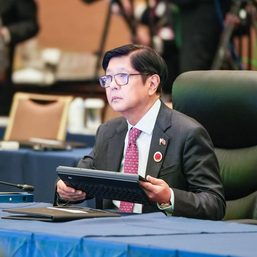
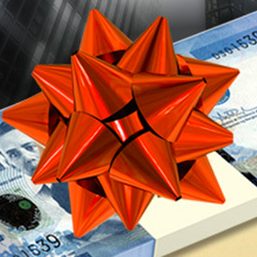
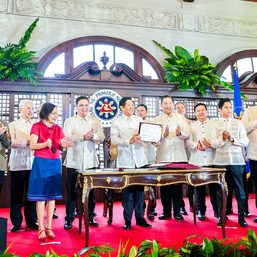
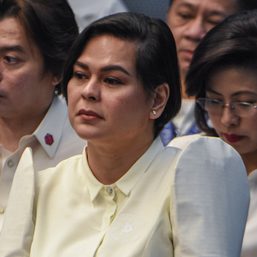
There are no comments yet. Add your comment to start the conversation.